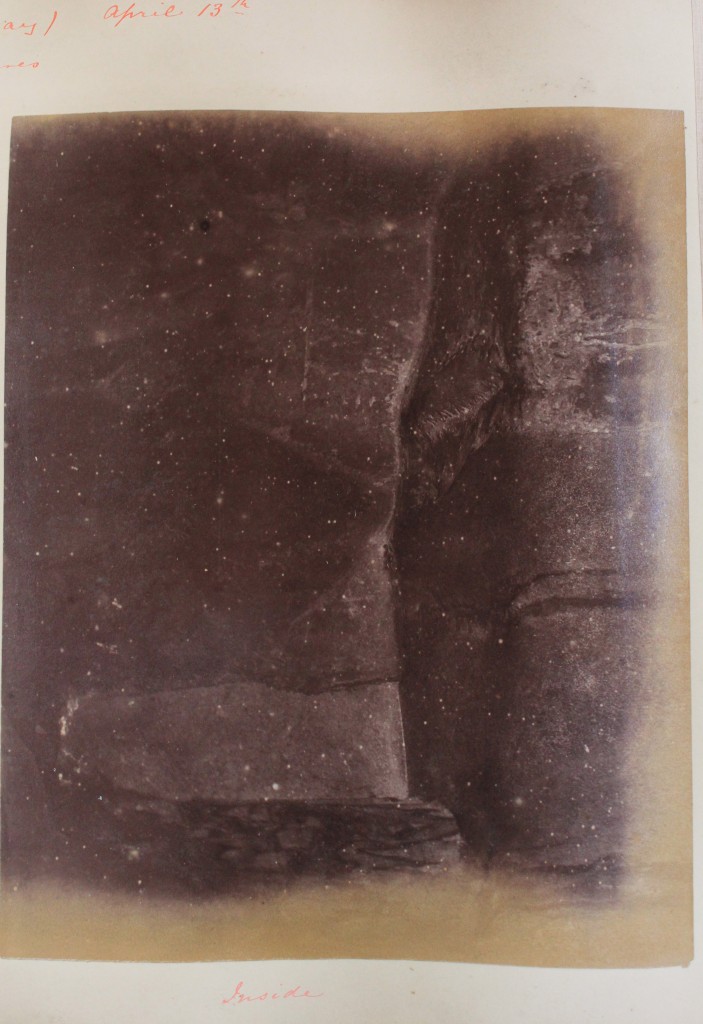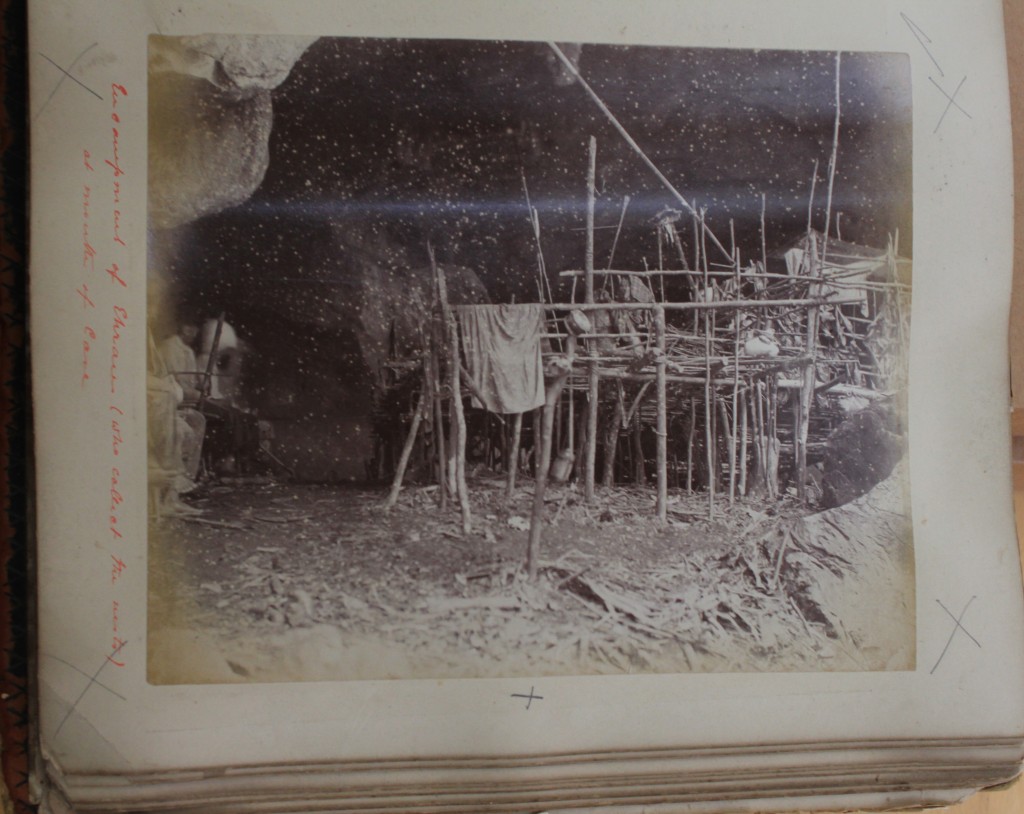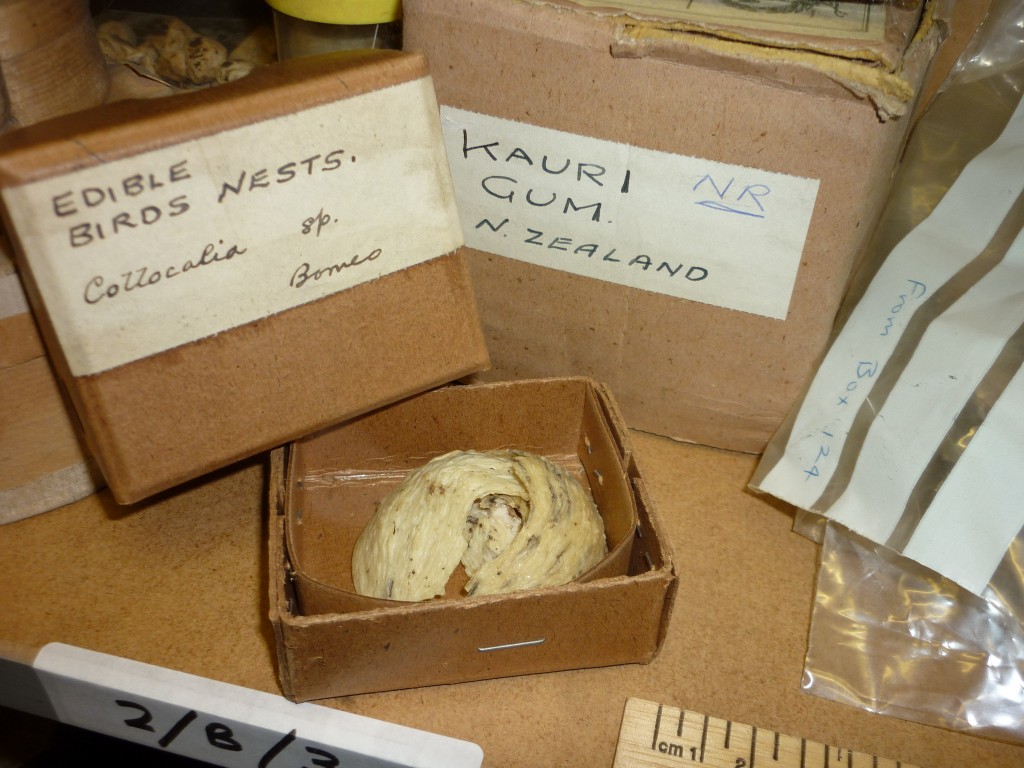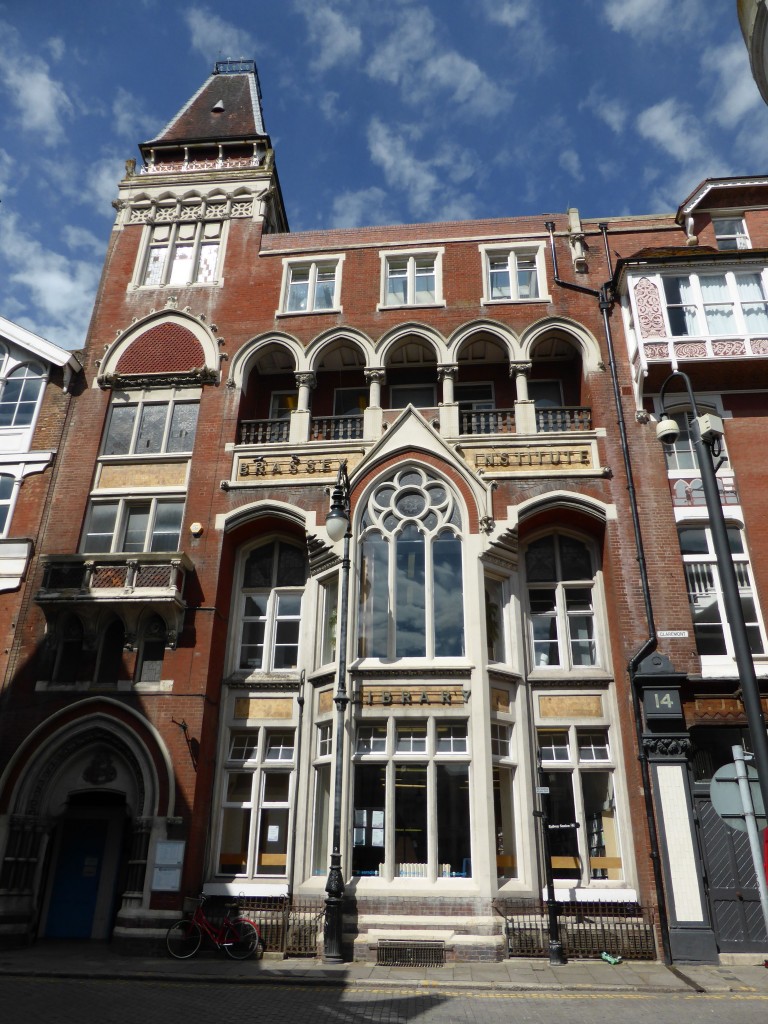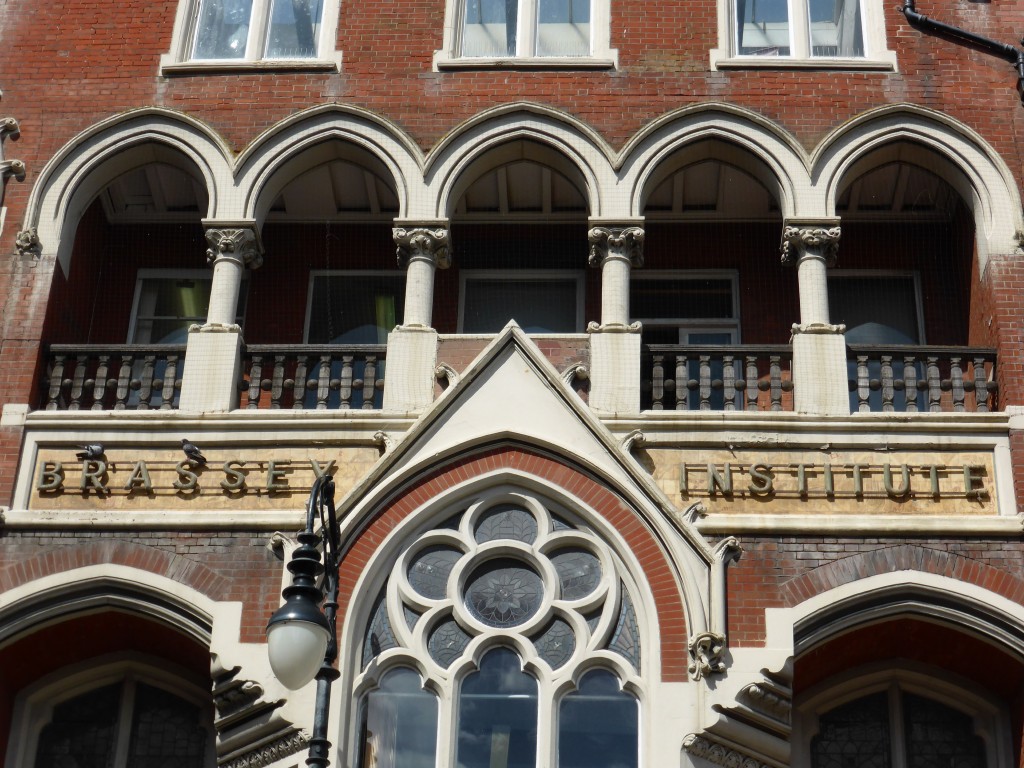Further wonderful finds today thanks to the lovely Zoe at Hastings Library, furthering my research about the Brassey connections to ‘the biggest farm in the world’ in Canada as well as discovering accounts of Annie’s final days.
Unearthing more evidence as to the nature of Brassey links with Canada, and possibly Bexhill, but certainly Assiniboia. I think I have found out as much as is possible regards ‘the biggest farm in the world’ short of visiting the area. Itinerary of travel is coming together beautifully, with the (twenty)first draft in a spreadsheet now on the kitchen table for tweaking.
Reading Annie’s son, TAB’s account of the last days of her life was an unexpected discovery and most touching. A very moving account of the intimate details of family life and illness aboard the ‘Sunbeam’. Annie’s last journal entry refers to a visit to Thursday Island, Queensland, TAB also documents their weighing anchor in Port Darwin before embarking on the journey home. My travels will take me to Darwin, and crosses Annie’s path at many locations through Australia, a trip to Thursday Island may sadly be a little out of reach (although I hold out hope it may somehow be possible).
The following photographs have been taken with kind permission by Hastings Library, and are from Annie’s first journal (from what I can gather) of her Tour of Scandinavia in 1859, before she was married. Seeing her handwriting, touching the paper and noticing how she would write carefully as the words approached the edge of the page and all attempts to finish a particularly long, ill fitting word caused it to bend slightly and get squashed, are all details that have helped me connect much more closely with this lady, whom little is written about. A desire to have more of a sense of Annie as a person, has begun to be realised.
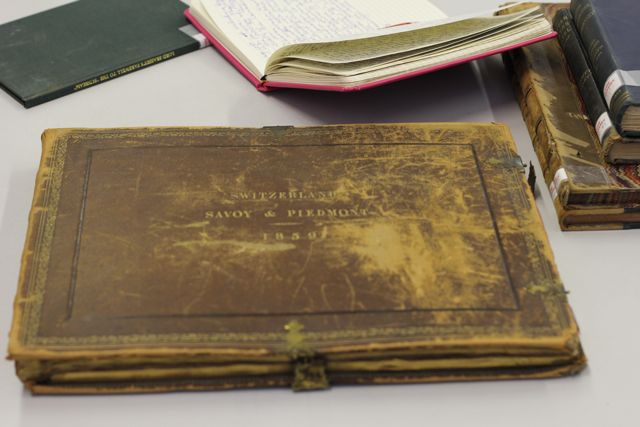
Today’s Research: featuring Annie Allnutt’s Journal – ‘Tour of Scandinavia’ (1859) (with kind permission of Hastings Library)
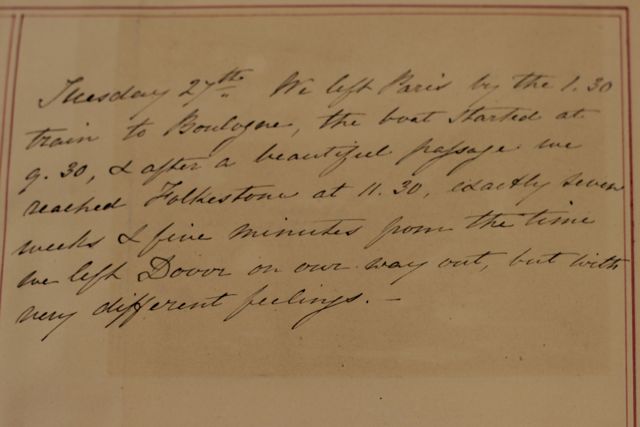
Extract of Annie Allnutt’s Journal (1859) Last paragraph (with kind permission of Hastings Library)
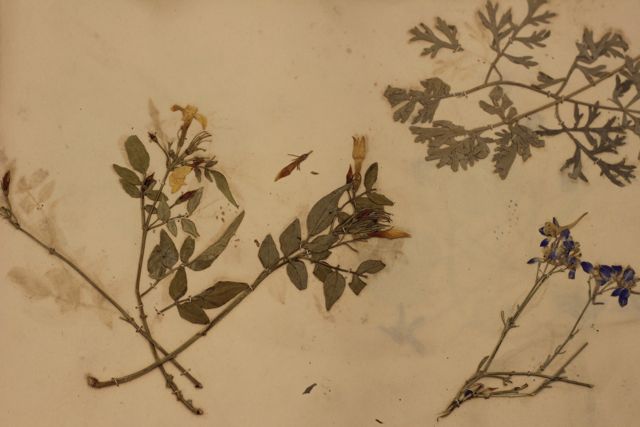
Loose leaf at back of journal of pressed flowers (1859) from Annie Allnutt’s ‘Tour of Scandinavia’ (with kind permission of Hastings Library)
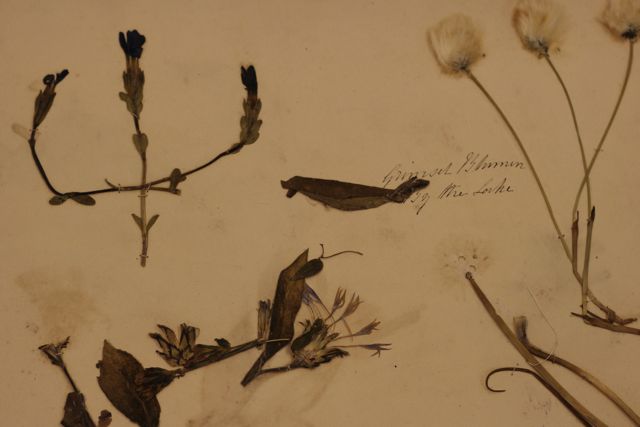
Loose leaf at back of Journal of pressed flowers- from Annie Allnutt’s ‘Tour of Scandinavia’ (1859) (with kind permission from Hastings Library)


